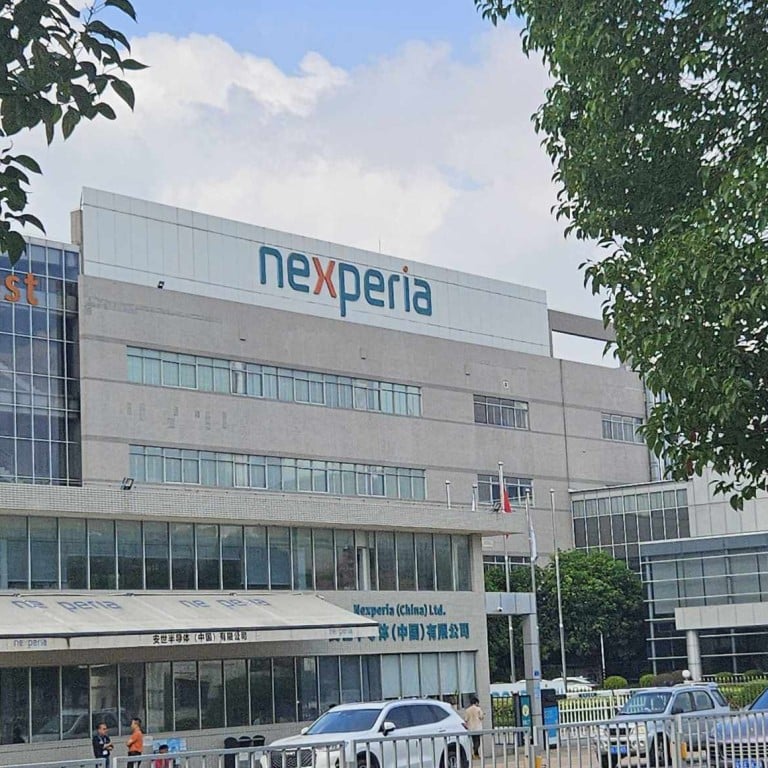Nexperia China, a major global supplier of semiconductors, has moved to reassure customers and partners that it maintains sufficient inventory to meet near-term demand despite disruptions in its production supply chain. The announcement comes amid mounting industry concerns over a temporary halt in certain manufacturing operations, raising questions about the broader stability of chip supply across Asia.
The company, which specializes in essential components used in automotive electronics, mobile devices, and industrial systems, stated that its warehouses in mainland China and Hong Kong are well-stocked to support ongoing client orders. Executives emphasized that the company’s diversified production network and forward inventory planning would minimize the impact of the supply pause.
Strategic Communication Amid Industry Jitters
Nexperia’s statement follows reports that several of its suppliers faced logistical bottlenecks linked to export restrictions and transport delays. The semiconductor sector—already navigating years of volatility since the COVID-19 pandemic and subsequent geopolitical tensions—has become acutely sensitive to even minor disruptions.
By assuring customers of its readiness, Nexperia aims to prevent panic among downstream manufacturers who rely heavily on its diodes, transistors, and analog IC components. “We have taken proactive steps to maintain a strong supply position,” a company spokesperson said, noting that Nexperia had built up inventory buffers ahead of seasonal demand peaks.
Market observers interpret the announcement as a sign of resilience from one of China’s most globally integrated chip firms. However, it also reflects the precarious environment in which semiconductor companies operate—balancing between supply chain pressures, regulatory scrutiny, and shifting market dynamics.
A Global Player in a Politically Charged Industry
Nexperia, originally a Dutch semiconductor company and now a subsidiary of China’s Wingtech Technology, has become a focal point in the ongoing debate over Western control of advanced technology exports. Western governments, particularly in the U.S. and Europe, have imposed restrictions on the sale of high-performance chips and manufacturing equipment to Chinese firms, citing national security concerns.
While Nexperia primarily manufactures mature-node semiconductors rather than cutting-edge processors, it has still found itself caught in the crossfire of regulatory oversight. Earlier this year, the company faced scrutiny from the UK government, which ordered it to divest from its Newport Wafer Fab acquisition in Wales—a decision that reflected the rising geopolitical tension between Beijing and Western capitals.
In China, however, Nexperia remains a cornerstone of the domestic chip ecosystem, with production facilities in Shanghai, Dongguan, and Suzhou. These plants play a key role in supporting China’s automotive and industrial electronics sectors, which together represent one of the fastest-growing segments of the country’s manufacturing base.
Inventory Management as a Shield
The company’s claim of having “sufficient inventory” is not merely a defensive statement—it highlights a calculated business strategy. Following the global chip shortages of 2020–2022, many semiconductor firms began stockpiling key components to mitigate the risk of sudden supply chain disruptions.
Nexperia appears to have followed suit, maintaining larger-than-average safety stocks and leveraging partnerships with local logistics providers to ensure flexibility. This approach has allowed it to continue supplying clients even when production lines are temporarily disrupted.
“Smart inventory management has become as important as innovation itself in this industry,” said one industry analyst based in Shenzhen. “Companies like Nexperia understand that access to consistent supply, even at lower production output, is crucial to maintaining customer trust.”
Implications for China’s Semiconductor Ambitions
Nexperia’s situation also offers a window into the broader challenges China faces as it seeks to achieve self-reliance in semiconductor technology. Beijing’s ambitious drive to expand domestic chip manufacturing capacity has been hindered by sanctions, export bans, and limited access to advanced lithography equipment.
Nevertheless, companies like Nexperia serve as essential bridges—combining international expertise with local production capabilities. Their ability to weather disruptions and maintain steady supply reinforces China’s confidence in developing a stable semiconductor base, even if the country continues to depend on imported technologies for more advanced chips.
Moreover, Nexperia’s communication strategy—emphasizing preparedness and operational stability—aligns with Beijing’s efforts to present China as a reliable manufacturing partner amid global trade uncertainty.
The Road Ahead
While Nexperia’s assurance of sufficient inventory offers short-term relief to its customers, the long-term implications of ongoing trade restrictions and manufacturing interruptions remain uncertain. Analysts warn that even well-stocked companies can face downstream challenges if disruptions persist, particularly in sectors like automotive and consumer electronics where production cycles are tightly timed.
Still, the company’s proactive stance has earned it credibility within the supply chain. Clients and partners see its commitment to transparency and logistical strength as key differentiators in a competitive, unpredictable market.
For now, Nexperia’s message is clear: it is not only surviving the turbulence but managing it with discipline and foresight. As global semiconductor markets continue to evolve under the twin pressures of technological competition and political constraint, the company’s ability to maintain operational continuity could determine its standing as a long-term leader in the mid-tier chip segment.
In a world where supply chain reliability is as valuable as technological innovation, Nexperia’s calm assertion—“We have enough stock”—is more than reassurance; it’s a strategic statement of strength.






